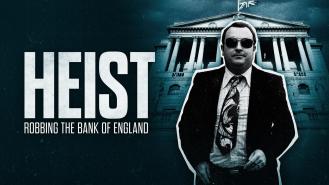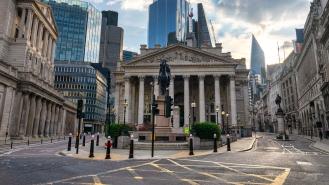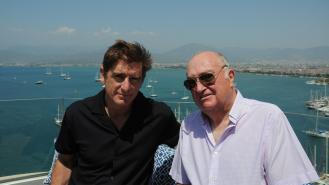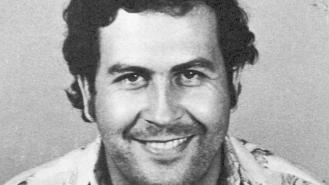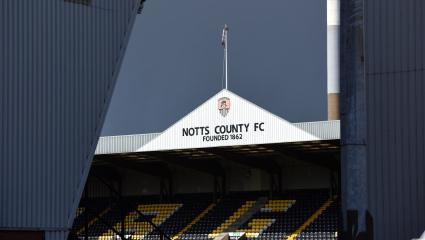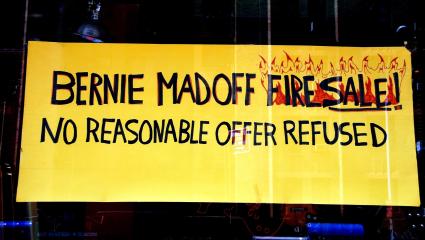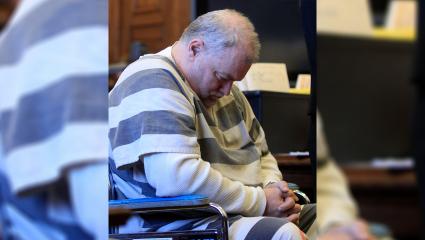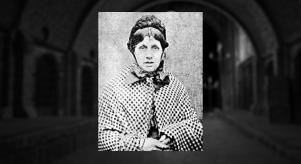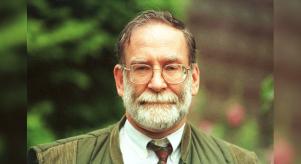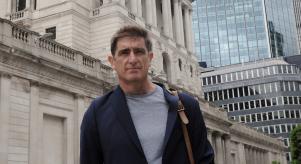
Was Pablo Escobar involved in the Bank of England robbery?
Heist: Robbing the Bank of EnglandPablo Escobar is one of the most notorious figures in modern Colombian history. Escobar established the Medellín Cartel in 1976 before making a fortune smuggling prodigious amounts of cocaine and marijuana into the United States.
Escobar came to be nicknamed the ‘King of Cocaine’ - and by the 1980s, was worth over $25 billion, ranking him among the world’s wealthiest men. However, you might not have realised that he's believed to have had a hand in one of Britain’s most lucrative robberies.
In 1990, what initially looked like a relatively harmless mugging on a London street turned out to cost the Bank of England almost £300 million. Marcel Theroux details the story in Heist: Robbing the Bank of England, available now on Crime+Investigation.
How the stars aligned for an extraordinary heist
From the late 1970s to the early 1990s, Escobar enabled tons of drugs to flow unfettered from Colombia to the United States year after year. However, though Escobar swelled his coffers by riding the wave of a cocaine boom, he found himself increasingly at odds with politicians and the police.
Over time, Escobar resorted to ever more desperate measures to preserve his sinfully funded high-flying lifestyle. He is even thought to have orchestrated the bombings of Avianca Flight 203 and the DAS Building in (ultimately failed) attempts to assassinate enemies.
As a result, by 1990, public opinion had turned decisively against him. This same year, a British crime syndicate came up with a devious strategy to steal bearer bonds from the Bank of England. The idea was to arrange for a lone thief to pounce on a courier as the latter carried these bonds (as paper certificates) around London.
The frantic search for reliable laundry services
The City Bonds Robbery (as the incident came to be known) went ahead as planned on an innocuous spring morning in May 1990. The idea was to make the theft look like the work of a petty criminal lacking the means to make practical use of the bonds.
Despite this, the syndicate actually behind the robbery also knew that they were in a race against time. They hoped to launder the bonds before financial authorities in London would be inclined to cancel them, essentially rendering them worthless.
The initial plan was to send the bonds to Zürich. After this was deemed to no longer be practical, the certificates (301 in all) were divided up and scattered across multiple places. The New York mafia was seemingly happy to help, as was a certain Pablo Escobar…
How the New York mafia and Pablo Escobar were involved
The New York mafia was interested in taking some of these bonds off the British syndicate’s hands. Mark Osborne, a US-based, struck-off bond dealer, agreed to act as a middleman between these two crime bodies.
To this end, he went to a New York bar to deliver ten bonds to Tony Dipino, a mafioso — or so Osborne thought. Dipino was actually an undercover FBI agent, and surreptitiously gathered all the information he needed to arrest Osborne.
As for Pablo Escobar, he was allegedly sent some of the bonds, but never actually got his hands on them. According to Clifford Thurlow, author of How to Rob the Bank of England, they were concealed in two telephone books sent to an address in Peru, where Escobar was set to collect them. Before that could happen, the bonds were intercepted by customs in Miami.
Escobar was known to be fond of bonds, and used them to fund the acquisition of rare animals for his private zoo. This was located at his Hacienda Nápoles estate, which was demolished after Escobar’s death in 1993. The land near the former estate has continued to harbour hippos descended from Escobar’s pets.
The aftermath of the City bonds robbery
Under pressure from the FBI, Osborne agreed to snitch on his comrades striving to launder their ill-gotten gains from the Bank of England. Nonetheless, only Keith Cheeseman was convicted for the part he played in the robbery.
Pablo Escobar’s involvement has attracted little attention even to this day. He did, though, meet a grisly end less than four years after the City bonds robbery. After escaping a Colombian prison in 1992, he was doggedly pursued by law enforcement and eventually shot dead on a Medellín rooftop.
Fascinated by drug traffickers, money launderers, terrorists and other criminals like Pablo Escobar? To find out even more about them, sign up to the Crime+Investigation newsletter.
